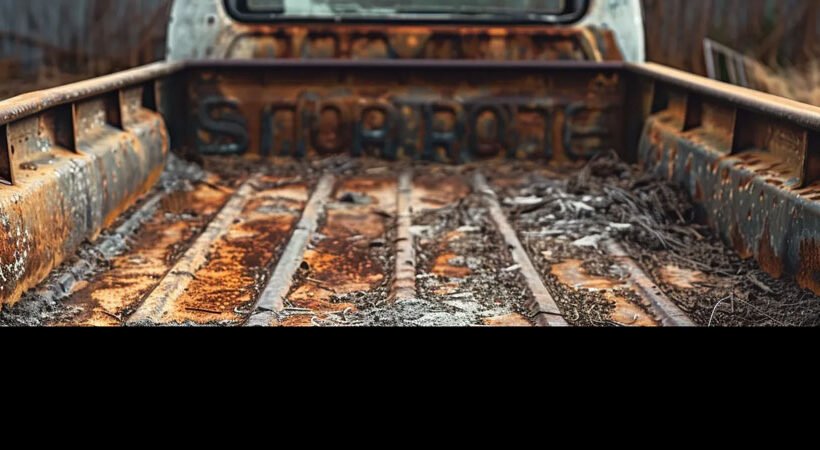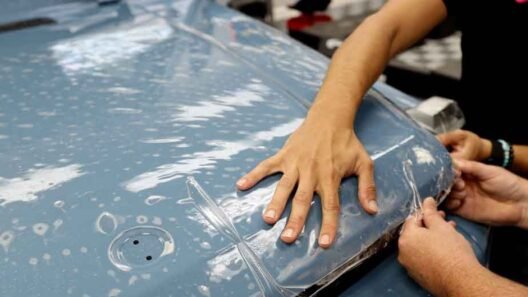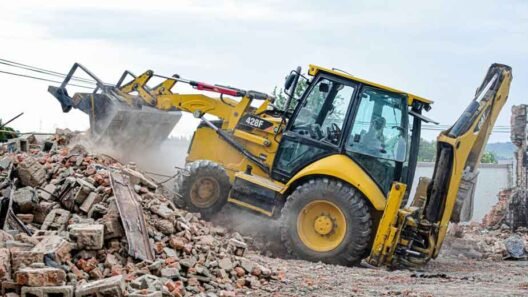When it comes to customizing your truck, selecting the appropriate truck bed is crucial for meeting your specific demands. Truck beds not only define the vehicle’s cargo-carrying capabilities but also contribute to its overall functionality and aesthetic appeal. With options ranging from traditional drop-in beds to specialized flatbeds, it’s essential to understand which type aligns with your usage requirements. In this article, we’ll explore the various factors to consider when choosing the right truck bed, ensuring you make an informed decision to optimize your truck’s performance and utility.
Material Matters: Pros and Cons of Steel, Aluminum, and Composite Beds
The material of a truck bed greatly influences its weight, durability, maintenance requirements, and cost. Steel truck beds are known for their toughness and are ideal for heavy-duty applications. They can withstand significant abuse but are prone to rust over time, especially when exposed to moisture and road salt.
Aluminum truck beds are increasingly popular due to their lighter weight and natural resistance to rust. They offer a good balance between strength and efficiency, enhancing fuel economy due to their reduced weight. However, they may not be as robust as steel in extreme conditions and typically come at a higher cost.
Composite beds are a newer introduction to the market and can consist of various materials, including plastics and carbon fiber. These beds are often lightweight and boast excellent resistance to corrosion and dents. However, they may not be as easily repairable as metal beds and could have lower weight capacity limits.
Compatibility and Installation: Ensuring a Perfect Fit for Your Truck Model
Not all truck beds are created equal, and not every bed will fit every truck model. It’s critical to ensure that the truck bed you choose is compatible with your specific vehicle. This includes not only the make and model but also the year and bed size. Incorrect fitment can lead to a plethora of problems, from decreased functionality to safety hazards.
Additionally, consider how the truck bed will be installed. Some beds may require professional installation, which can add to the total cost. Furthermore, there may be a need for additional modifications or accessories to accommodate the new bed, such as different mounting hardware or bed liners.
Understanding Different Types of Truck Beds

Before settling on a truck bed, it’s important to understand the differences between the standard designs available on the market. The most common type is the traditional fleet-side bed, which offers a wide cargo area with wheel wells inside the bed. There are also step-side beds that feature narrower cargo spaces but provide external steps for easy access. Each type of truck bed serves a unique function and caters to differing aesthetic preferences as well.
In addition to these traditional designs, there are specialized truck beds such as flatbeds, utility beds, and dump beds. Flatbeds provide an unobstructed, flat area ideal for hauling large equipment or machinery. Utility beds come with built-in compartments and racks for tools and equipment, making them perfect for professionals like electricians and plumbers. Dump beds, with their hydraulic lifting mechanisms, are indispensable for construction and landscaping work involving heavy lifting and moving of materials.
It’s also worthwhile to explore the innovative offerings from reputable companies. For instance, Hillsboro Industries, the best truck bed manufacturer in Kansas, provides a variety of quality truck beds designed for durability and utility. They specialize in aluminum truck beds that promise not just strength but also lighter weight for better fuel efficiency.
Maintenance and Longevity: Choosing a Bed That Will Go the Distance

When selecting a truck bed, longevity and ease of maintenance are just as important as initial quality. Having a truck bed that’s durable and requires minimal upkeep will ensure that it remains functional and looks good for years to come. Regular maintenance checks can prevent small issues from becoming big problems and contribute to the overall longevity of the bed.
Considering the material and construction of the bed is critical to determine its resistance to wear and tear. For example, powder-coated steel beds can resist scratches and rust, while aluminum beds might hold up better under sustained exposure to harsh weather but may be more susceptible to dents.
Altogether, choosing the right truck bed is a critical decision that hinges on a variety of factors. Overall, a careful assessment of your needs and options will enable you to select a truck bed that enhances the utility, appearance, and longevity of your truck, ultimately leading to greater satisfaction and performance on the road.








